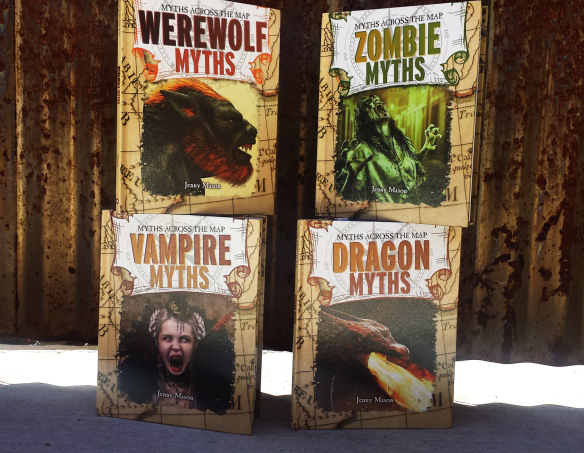We know what happens when entire nations cannot stymie their collective fears. We know what happens when whole civilizations select a scapegoat for inexplicable suffering. History maps these trends.

Throughout the Myths Across the Map series (now available through Gareth Stevens Publishing), I chronicled 4 of the 6 major global myths. I tracked down the beasts, the monsters, and the marvels universally recognizable to all people everywhere.
Why does everyone know and recognize a vampire? How did dragons creep into the skies, wells, caves, and rivers of every inhabited continent? Why are the symptoms of werewolves the same whether you are in Russia, South America, or Louisiana? And just how many ancient kingdoms did zombies mob before noshing on our modern metropolises?
Our currently fraught geopolitical landscape may have us all hoodwinked when it comes to fear. Fear, the pundits claim, adds to our isolation. It divides us. It shuts down communication. However, history indicates that shared fears actually unite us. They give us a common language and a way to communicate across boundaries and borders. What is more, they give us good reason to work together and defeat a common threat (such as a deadly disease).
What better time than now to get young people navigating and debating the nature of mankind’s fears and the power of humanity’s myths?
Comments